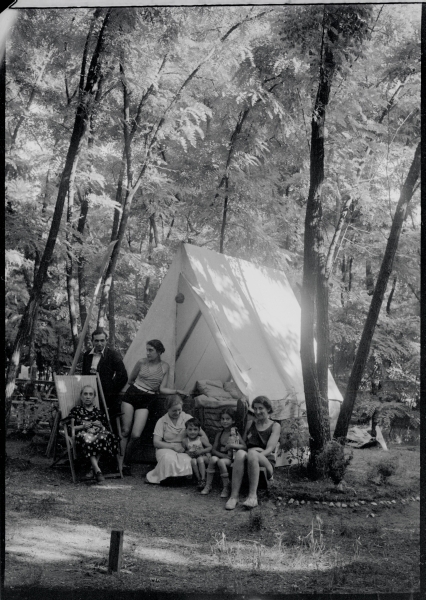VûÙzizrûÙ – Workers’ Culture on the Banks of the Danube
KassûÀk Museum, 4 March – 5 June 2016

Modernisation, industrialisation and the move to the city significantly altered the fabric of Hungarian society at the turn of the 19th and 20th centuries. The evolution of Budapest into a great city, the concentrated nature of industrial work and low-grade mass housing all radically changed the world people were living in. The changes affected all sections of society, particularly those which were newly emerging or being forced to change. People were forced to rethink their positions and social roles. Accompanying this process was the emer-gence of sociological thinking as an academic discipline and the rise and fall of artistic, educational, ûˋletreform (Lebensreform, ãlife-reformã) and emancipation movements, all aimed, in different ways, at transforming society.
It was a time when class-based international networks were taking advantage of new channels of communication to spread ideals that cut through the existing hierarchical frameworks of institutions and power. These processes encouraged people to discover their collective interests and seek common solutions to their problems. Wage workers, as they became more politically organised, developed patterns of action, institutions, ways of representing their interests, and explanations of social phenomena that heralded the creation of a new cultural medium. The question here is how this collective, class-conscious activity, characterized by wage strife, strikes and political action, was experienced in the private life and leisure pursuits of working people. Considering that the Horthy regime which came to power in the wake of the 1918 and 1919 revolutions almost completely eliminated opportunities for formal political action, this question has a special significance in Hungary. Rambling, day trips and summertime bathing may have taken up only a small space in the workersã emancipation movement, but it was a space full of meaning and significance.
The exhibition examines the role played in workersã culture by the TermûˋszetbarûÀtok Turista Egyesû¥lete (Friends of Nature Ramblersã Association, TTE) and the camping site at HorûÀny on Szentendre Island in the period between the two world wars. Here, ãcultureã means the aggregate of meanings, everyday customs, special occasions, and material culture. These formed the participantsã view of the world and created and re-created their conception of self-identity. At the centre of workersã culture was workersã self-definition, self-improvement and self-organisation, or in other words, the development and nurturing of their identity. It was a new form of community activity where the changing identities within workersã culture and the ideas attaching to them could be elaborated and debated. The exhibition attempts to re-interpret the meaning of ãleft-wingã, present the diversity of left-wing groups, and examine how the occurrence and resolution of conflicts among them took effect on the formation of a new culture.
